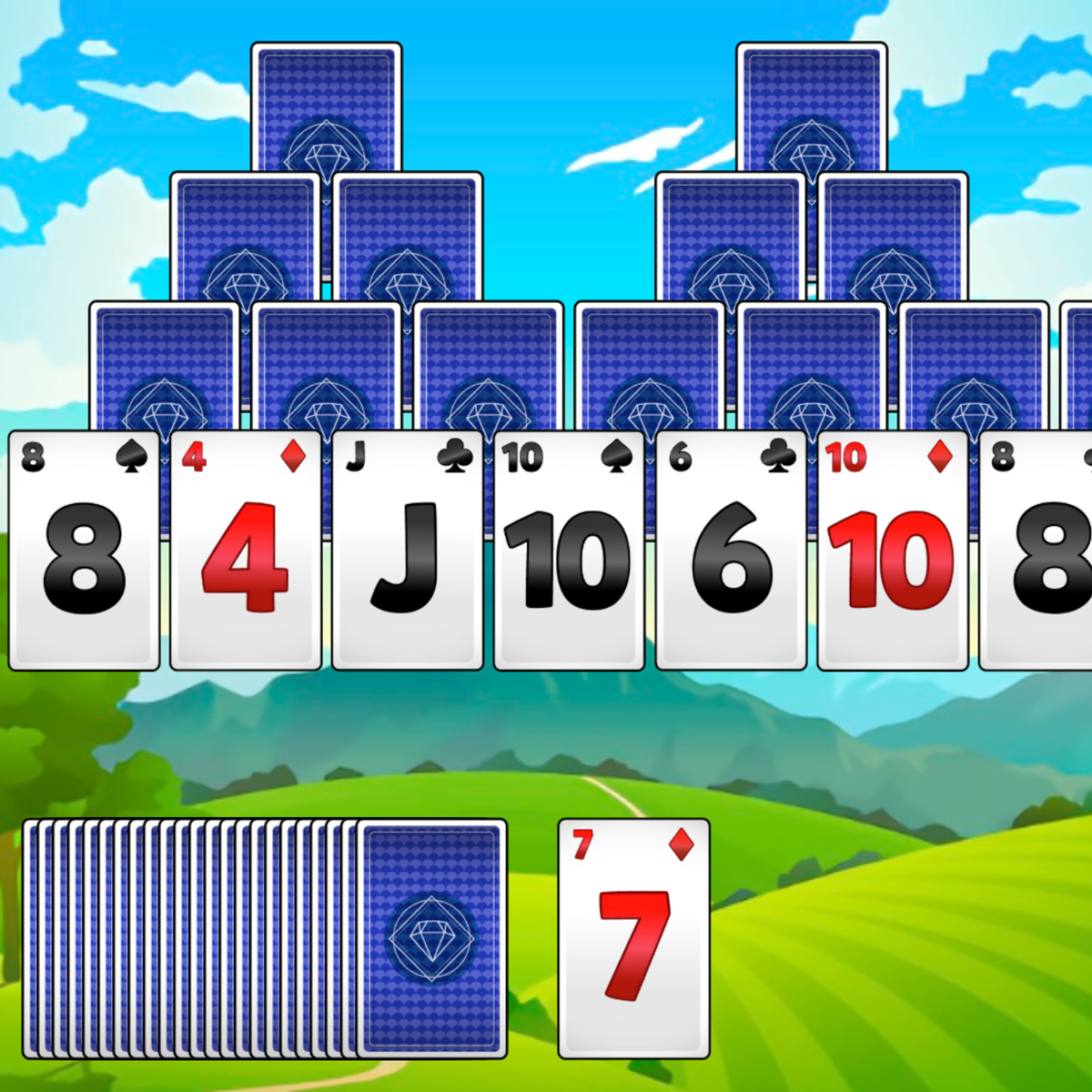

Business goals are not achieved when features have been marked as “done”, but instead only when they are truly operating properly. When developers were awakened at 2 AM, New Relic found that issues were fixed faster than ever. This means everyone in the value stream should share responsibility for handing operational incidents. Upstream work centers that are optimizing for themselves reduces performance for the overall value stream. The problems can be a major problem for operations, but not even a blip on the radar of dev. Those problems might be sent off to a team to be worked on, but they get deprioritized in lieu of some features to be added. Problems sometimes can go on for extremely long periods of time.  This is why it’s so important to overlay those deployments on the metric graphs. Production deployments are one of the top causes of production issues. Having these monitors in place will enable you to find and fix these issues quicker and add more telemetry to help eliminate that particular issue from happening again going forward. more unit tests, telemetry, etc., that doesn’t mean there won’t be issues. Just because you improve the development process, i.e. Nothing is “done” until it is operating as expected in the production environment. If anything goes wrong, you should see it pretty immediately. Always make sure you’re monitoring telemetry when doing a production release,. You must have monitoring of your telemetry integrated into that process for visibility. Automating the deployment process isn’t enough. This also allows for frequent production releases with constant, tight feedback loops.
This is why it’s so important to overlay those deployments on the metric graphs. Production deployments are one of the top causes of production issues. Having these monitors in place will enable you to find and fix these issues quicker and add more telemetry to help eliminate that particular issue from happening again going forward. more unit tests, telemetry, etc., that doesn’t mean there won’t be issues. Just because you improve the development process, i.e. Nothing is “done” until it is operating as expected in the production environment. If anything goes wrong, you should see it pretty immediately. Always make sure you’re monitoring telemetry when doing a production release,. You must have monitoring of your telemetry integrated into that process for visibility. Automating the deployment process isn’t enough. This also allows for frequent production releases with constant, tight feedback loops. Tripeaks online code#
An interesting side effect is developers are willing to check in smaller chunks of code because they know they’re safer to deploy and easier to reason about. This encourages developers to write more tests and better code and they take more pride in releasing successful deployments. Puts the information in front of everyone so there are no secrets. If there’s a problem, fix it quickly and add new telemetry to track the fix. The solution is to deploy code with quick feedback loops. Given a button for anyone to push to deploy, nobody wants to push it. Developers complain about operations not wanting to deploy their code. Operations doesn’t like deploying developer code. No, you click the button … Enable Feedback to Safely Deploy Code Click a card to remove it from the tableau. The game is won when all cards from the tableau are moved to the waste pile. Redeal is not allowed so when all cards are moved from the stock pile to the waste pile, game ends. Only face-up cards can be removed from the tableau to the waste pile. If no play is possible, one card can be drawn from the stock pile and placed face-up on the waste pile. 
When cards are moved from the tableau to the waste pile, if any face-down card is uncovered, it is turned face-up.Cards are wrapped in Tri-Peaks so an Ace can be played on a King or a King can be played on an Ace.The cards can only be removed from the tableau to the waste pile if it is one rank higher or one rank lower than the top card in the waste pile. Cards are ranked from Ace to King, Ace starting with 1 and so on, so the King is ranked 13.WASTE - One card is dealt face-up onto the waste pile. STOCK - After dealing cards to the tableau, remaining cards are set aside forming a stock pile. Over these three pyramids 10 face-up cards are dealt so that each card in the last row of the pyramid is covered by 2 face-up cards. Each card in these pyramids are covered by two face-down cards. TABLEAU - At the begining player is dealt 18 cards face-down on the tableau to make three consecutive pyramids. The aim of Tri-Peaks Solitaire is to clear all cards from the tableau which is made up of three consecutive overlapping pyramids.







 0 kommentar(er)
0 kommentar(er)
